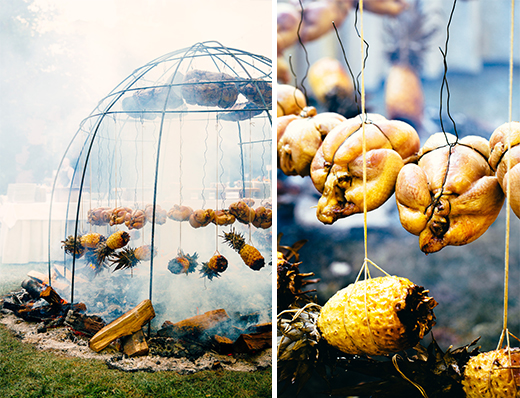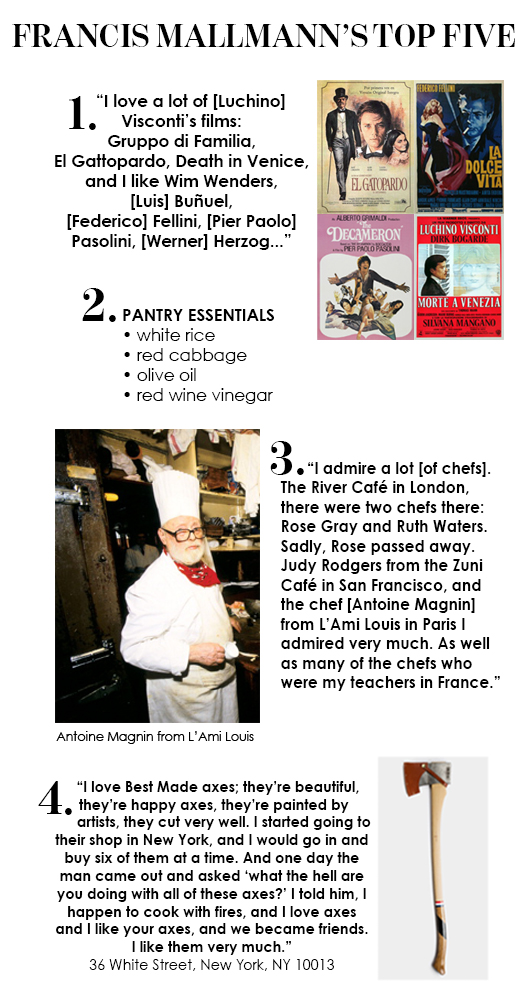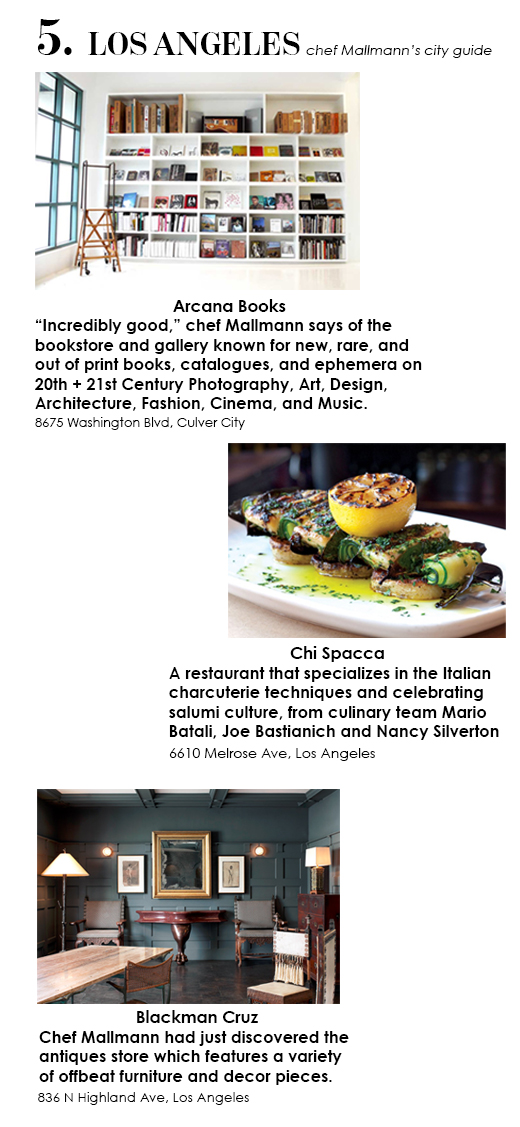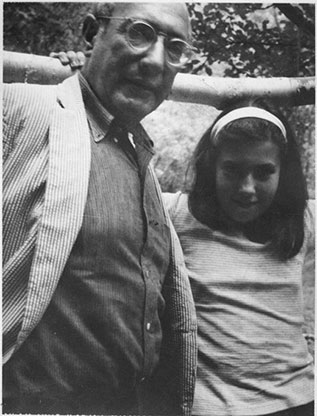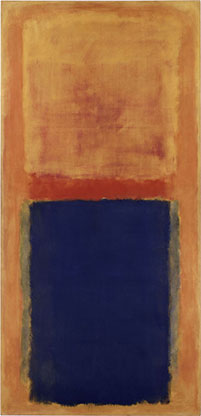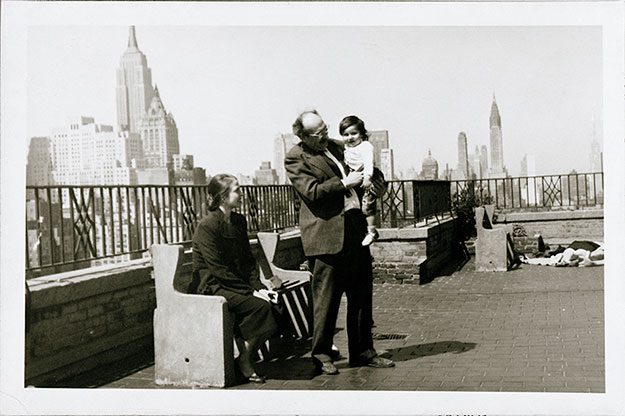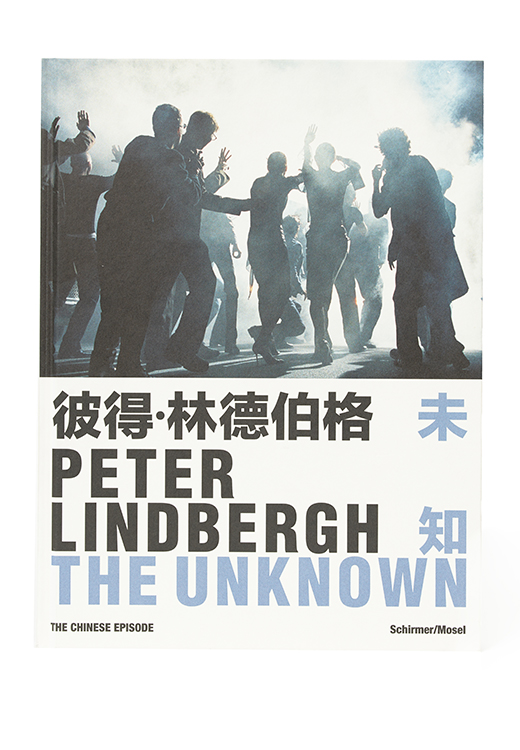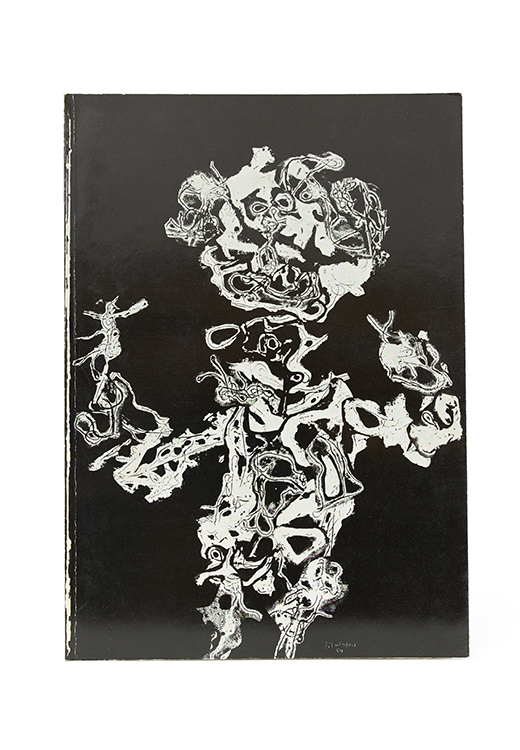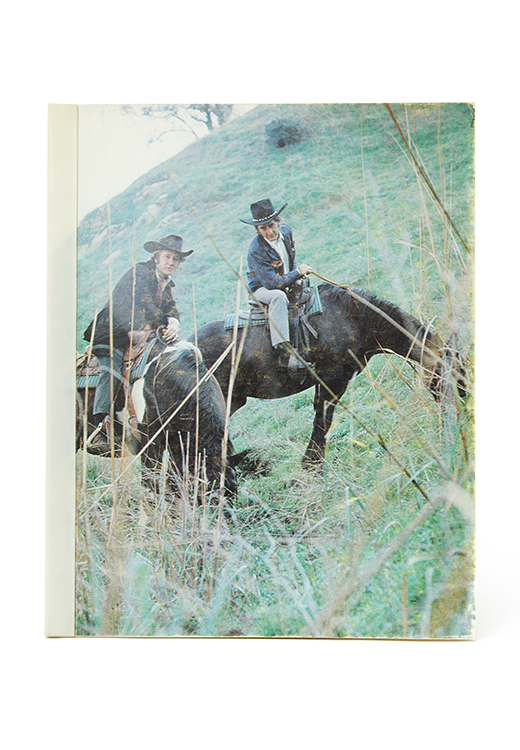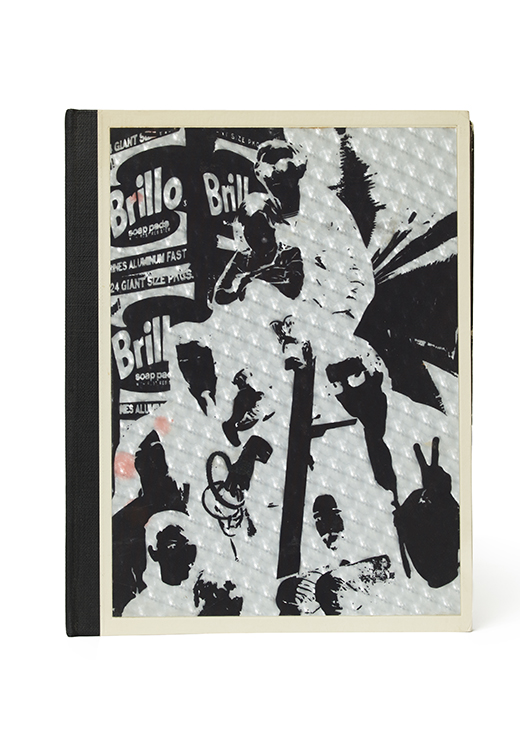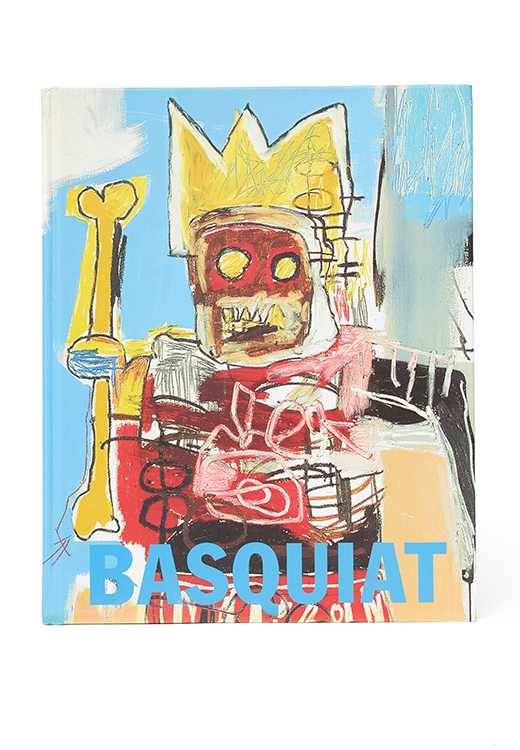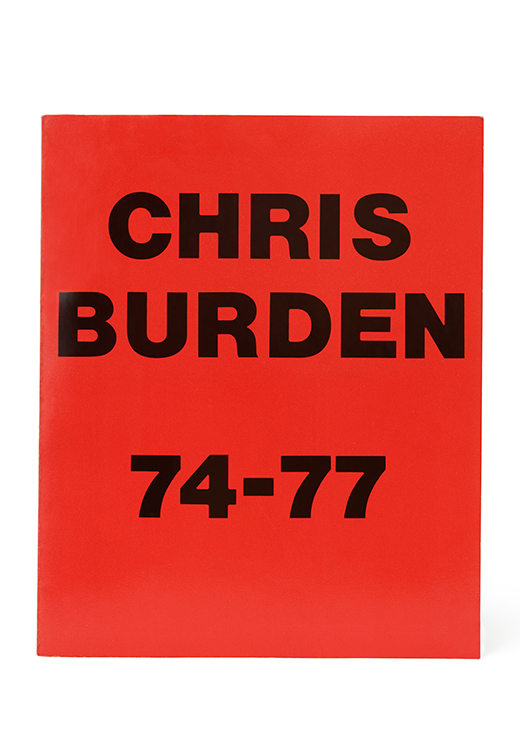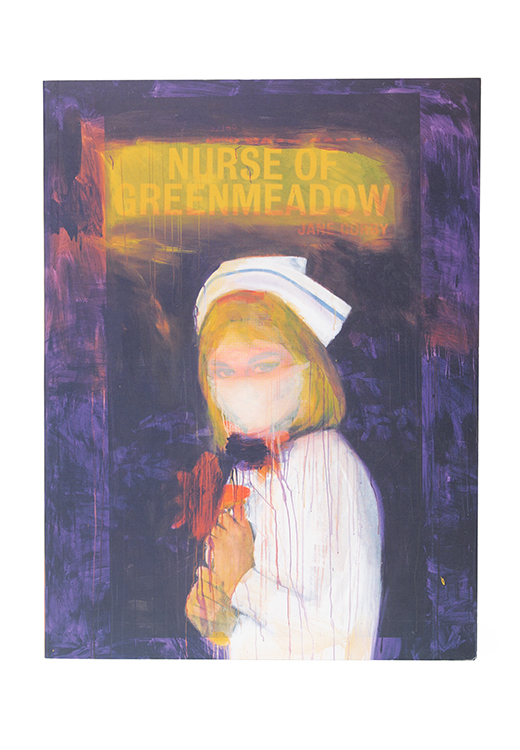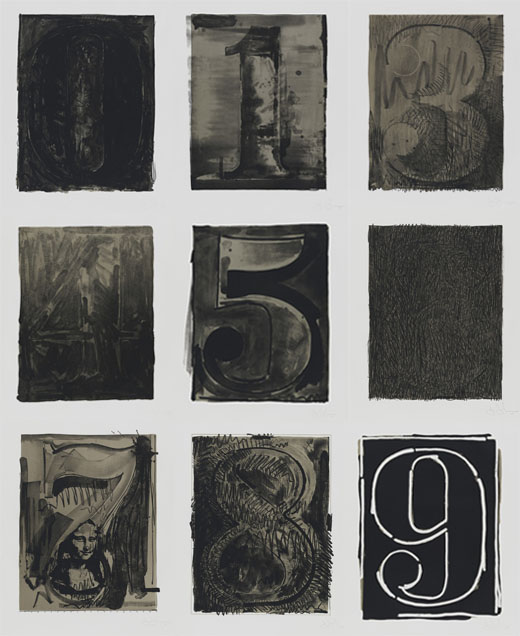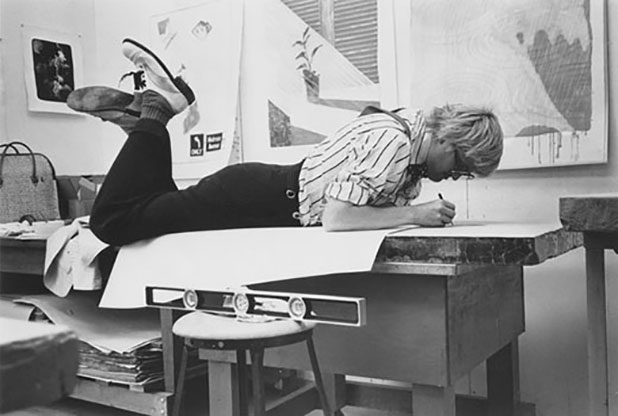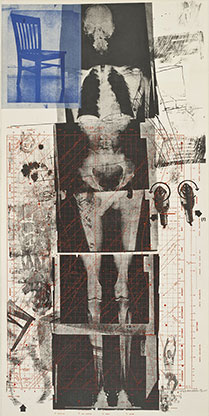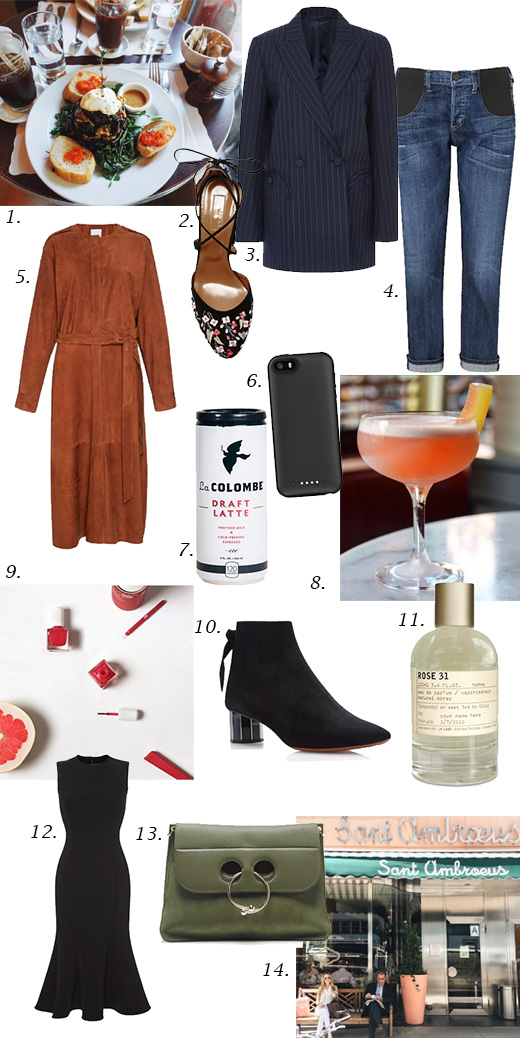Everyone has that friend in their life, don’t they? The sort of friend who is the go-to for everything, be it where to find the best reflexologist or the phone number of a feng shui master, the latest label to pack for vacation or even advice on how to decorate your bathroom. Their taste level is sky-high and they have an address book bursting with zeitgeisty things, but better still, what they really relish is being able to share. That, in a not-so-succinct nutshell, is Alex Eagle, creative director of the multibrand lifestyle emporiums The Stores and Alex Eagle at Lexington Street.
“What’s the point of discovering something if you can’t share it with anyone?” asks Eagle at her sprawling loft apartment in London’s Soho, which is decorated with glossy banana-leaf plants and gargantuan cacti, Tanya Ling artwork, midcentury coffee tables loaded with artful piles of travel and design tomes, and cozy sheepskin sofas, which this afternoon she ignores, regardless of being pregnant, opting instead to sit on the floor, legs elegantly folded beneath her.
Her edit runs the gamut from carefully selected ready-to-wear—The Row, Hillier Bartley, Lemaire, exclusives from Vetements—to achingly chic home wares, including hexagonal glassware by Giberto Venezia, handmade ceramics by Tortus Copenhagen and Picasso painted plates … to eat off or display on the wall, you decide. There’s glittering fine jewelry, too, by Susan Foster and Fernando Jorge, not to mention rare records tracked down by The Vinyl Factory, as well as one-off vintage finds sourced from auctions and markets in Paris, Brussels and Antwerp, like the trio of 1957 vinyl lecture-hall chairs constructed by Jean Prouve, which just sold, via Instagram, before they were swiftly shipped to their new home in L.A. “I’m not going to lie, I was sad to see those chairs go,” smiles Eagle, striking a match to light her own Alex Eagle candle, a custom blend of geranium and sandalwood made by French fragrance house Jehanne de Biolley. There are other clever collaborations, too, like New & Lingwood x Alex Eagle—a lineup of mannish silk dressing gowns, smart smoking jackets and velvet slippers that she created together with the English tailors and shirt makers (who also happen to be the outfitters for Eton College).
This 33-year-old former fashion editor/stylist/PR consultant is one of the most exciting additions to the retail landscape. But in fact, Eagle ran something of a boutique long before she opened up her stores. She played shop from her former home and sold the occasional coffee table, mirror and trinkets to her friends. “Of course, I had no idea about margins,” she admits. But that’s where the concept started. Her first outlet, Alex Eagle Walton Street, housed in a three-story terrace townhouse, was simply an extension of her home, which at that time was conveniently located opposite. That was only 18 months ago (she’s already outgrown the space, shuttering its doors the week we meet). Now there’s The Store x Soho House Berlin, a huge 30,000-square-foot retail and concept workspace on the ground floor of the hotel and members club, complete with organic café, The Store Kitchen, juice press, The Vinyl Factory, even a Cecconi’s. She followed that with The Store x Soho Farmhouse in Oxfordshire, nestled in the rolling green hills of the English countryside. But her newest showroom, Alex Eagle at Lexington Street, housed in an empty loft space, is in the heart of Soho and will be followed later this year by The Store, to open on neighboring Brewer Street in a former car park. Basically she’ll be presiding over a vast prime chunk of central London, on the sort of scale that Dover Street Market or Selfridges wouldn’t sniff at.
As well as curating can’t-live-without desirables and collaborating with established brands, she designs her eponymous fashion line, a capsule collection of 12 timeless pieces. “It’s become my uniform,” she says of the sartorial building blocks that she developed as a means to fill the gaps in her own wardrobe; cue necktie blouses (as sensual as they are smart), camel-hair coats and silk tunics in a palette of mostly black, ivory and navy. With the exception of forest green, Eagle rarely wears anything resembling a color. One glance at her reference points and it’s entirely clear that she’s a Sofia Coppola/Alexander Calder/Barbara Hepworth/original Calvin Klein kind of a girl. “The idea largely came from how men like to shop, and that attitude of investing in high-quality basics.” Menswear is a big source of inspiration, and she wears a lot of it herself, Hermès being a favorite.
“In a dressing room, you can convince yourself that you need an ‘it’ thing in your life, but in the cold light of the day, realistically, what will you be reaching for at 7 a.m., when you have a full schedule of meetings, followed by drinks with friends and then dinner with the boyfriend without the time to change in between?” She may not be a trained designer—quite simply, she hired a pattern cutter—but she knows exactly the kind of clothes women like her want to wear.
And she knows the kind of places that people like to shop in, too. “The idea with Alex Eagle at Lexington Street is to also bring in experts for talks and activities,” she says, visibly excited by the prospect. “There might be a great yogi in London for a week. I’d want to host classes on the lower ground floor; it could be a space for Pilates, too. It will be ever changing, always evolving,” she races. “If you want to buy a juice that’s fabulous, if you want to buy a £2,000 coat, that’s great, too, but it’s a place to hang out in.”
www.thestores.com/www.alexeagle.co.uk
—


